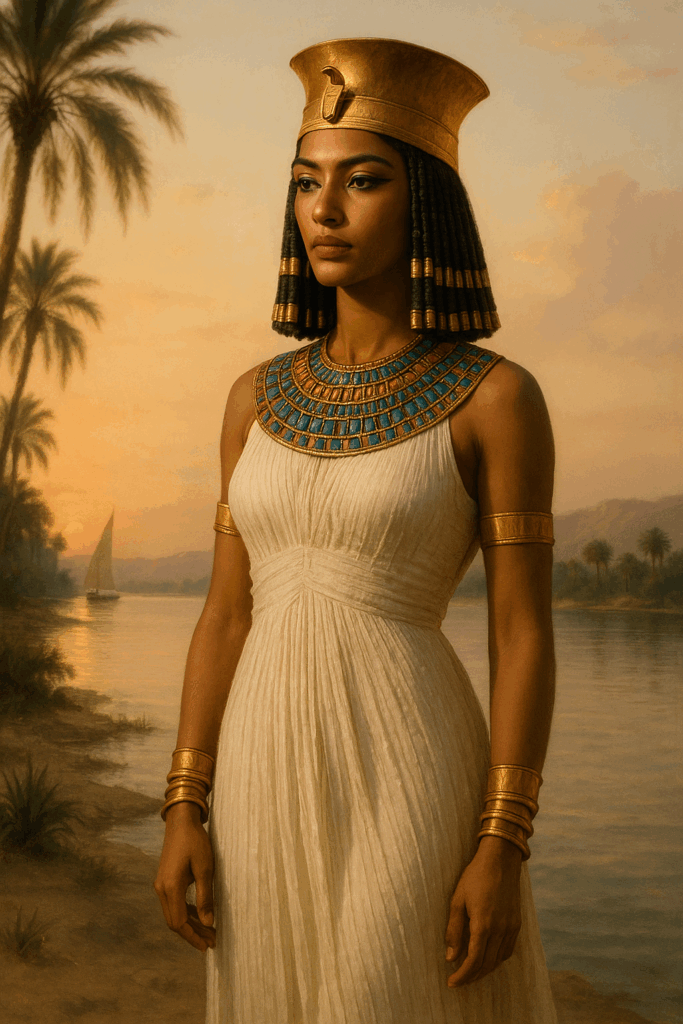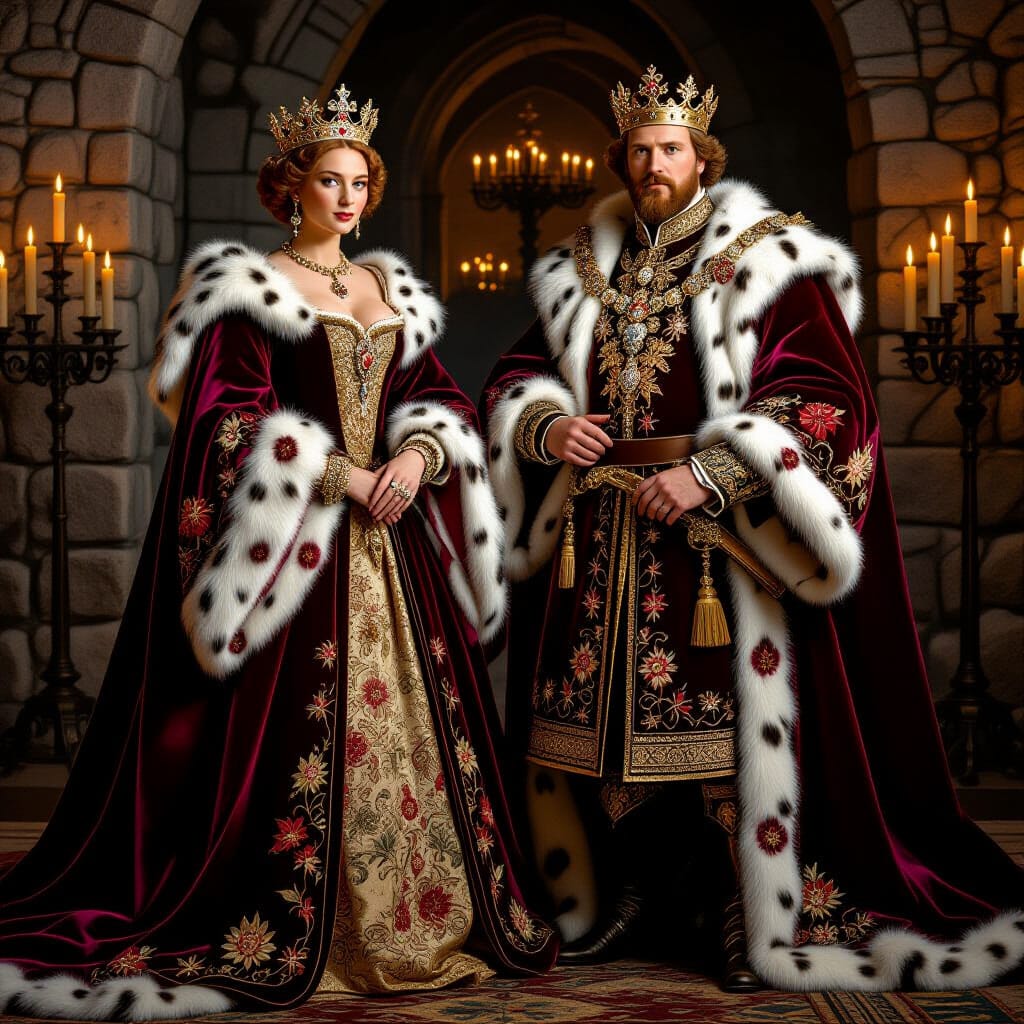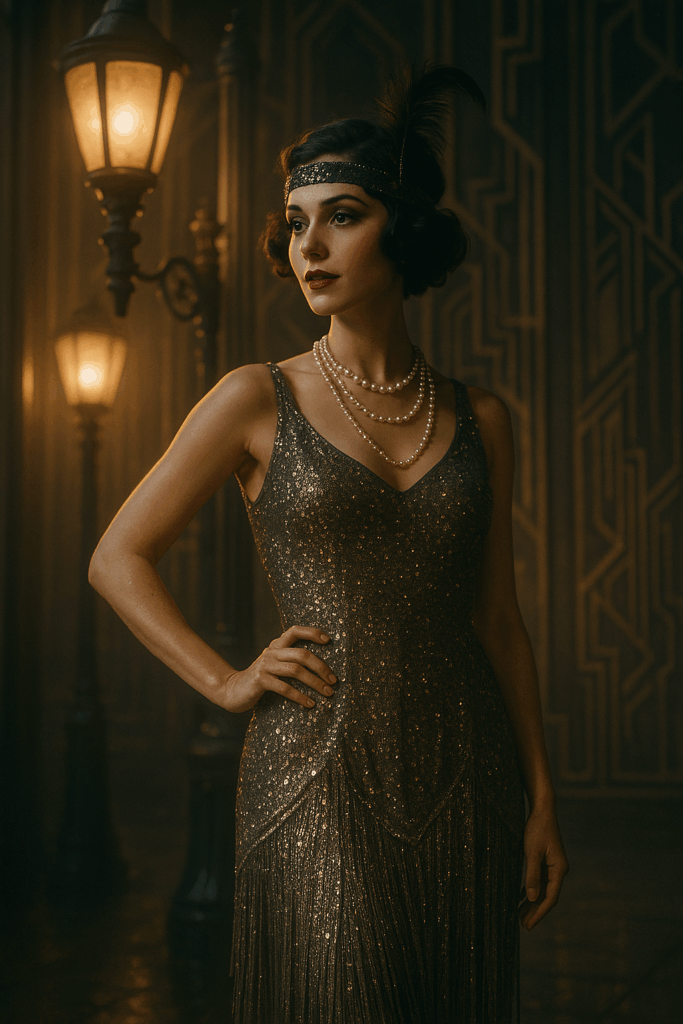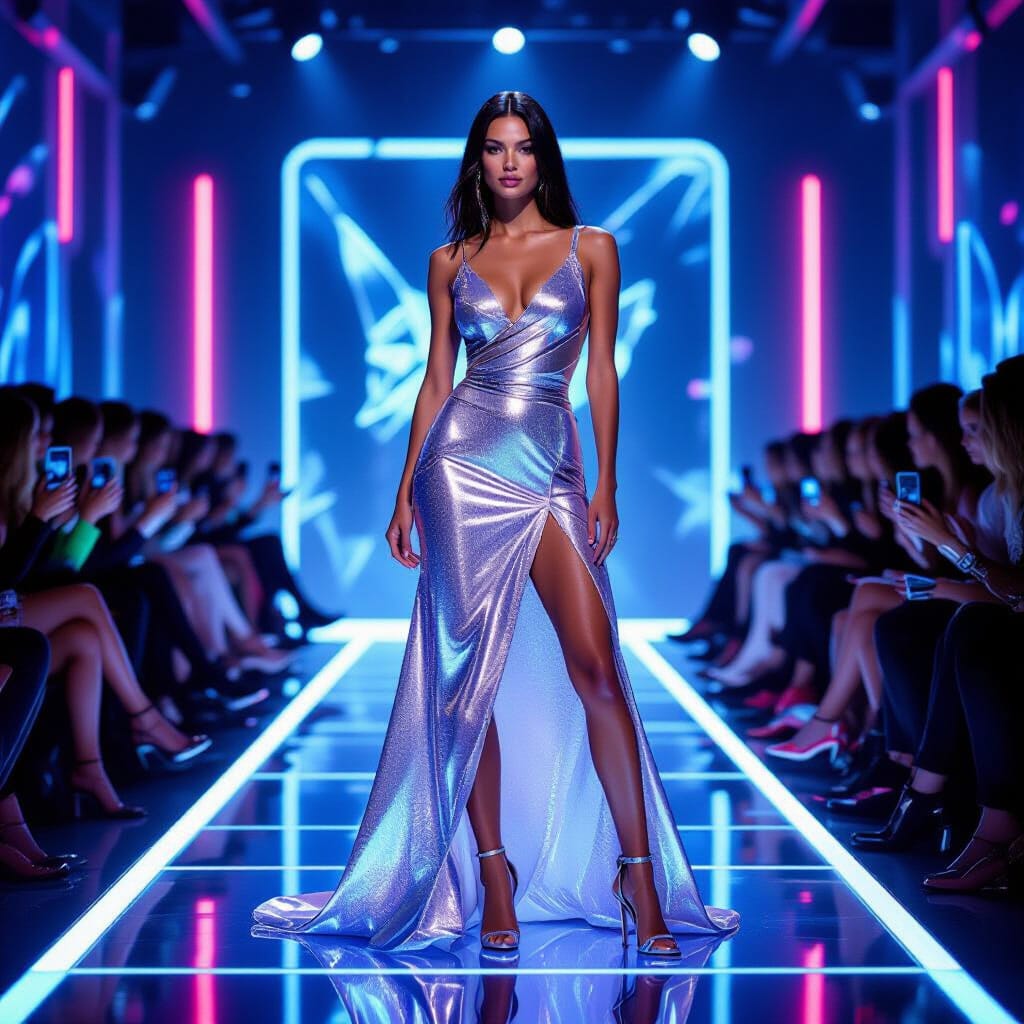Fashion is not just material sewn together — it’s a reflection held up to society, a cultural history encyclopedia, and an invisible keeper of the past. From primitive garments of yesteryear to the hi-tech fashion catwalk of today, fashion has evolved parallel to man, adapting to changing tastes, morals, and even politics. Let us follow the evolving closet of the centuries and explore the interesting history of Fashion.

Ancient Origins – Style Begins Here
Clothing was fashionable or trendy neither in ancient society, nor now. It was a matter of keeping going and being respectable. But the ancients were just not able to resist looking even a little fashionable. Ancient Egyptians, for example, wore linen to keep cool but also to be attractive. Gold ornamentation, aloof collars, and crisply pleated dresses demonstrated how wealthy and elegant they were.
Around the same period, in ancient India, colorful and embroidered cotton cloth told tales of cultural one-upmanship. In Greece and Rome, tunics and togas flowing down were not clothes, but signs of rank and citizenship. Fashion was already a language that didn’t require words, speaking the world around you without ever uttering a word.
The Medieval Period – Power in the Details

With medievalisation sweeping across Europe, fashion was dominated by church and monarch. Nobles and women wore velvets, silks, and furs. Fashion was regulated by sumptuary laws — laws that dictated what a person could wear based on social class. The wealthy draped themselves in the most expensive colour and the most expensive texture, while peasants trudged about in simple functional woolen attire.
This was the time when tailoring started, where the clothing was designed to be draped upon a person’s figure, bestowing upon it a new aesthetic to fashion. The clothes now adapted to the human body instead of just dangling thereon.
The Renaissance – A Canvas of Creativity
It was a golden age for art — and fashion wasn’t to be outdone. Fashion became daring with spike-hued attire, puffed shoulders, lace-edged collars, and heavily embroidered designs. The wealthy indulged in lavishness with yards of material and showy trim, and men were bedecked with tights, feather hats, and jewel-studded belt buckles.
Fashion was also a method of communication, and that concept of trend caught on. What was fashionable in Florence would then find its way to Paris or London, due to more traveling and commerce.
The Industrial Revolution – Fashion for the Masses
The 18th and 19th centuries witnessed machines that transformed everything. Spinning jenny, textile mills, and sewing machine made fashion clothes affordable and faster. Fashion was no longer the prerogative of the wealthy; even the middle class could follow fashion.
Department stores came onto the scene, selling ready-to-wear clothing in pre-existing sizes — a giant leap towards our current retail setting. Drawings of today’s fashion trend hit the magazine stands, sowing the seeds for today’s fashion media boom.
The 20th Century – Breaking Rules, Making Statement

While the previous centuries were all about following rules, the 20th century was all about rule-breaking. From the flapper gowns of the ‘roaring twenties’ to the Hollywood glamorous dresses of the ’50s, fashion was the arena of pioneering.
The ’60s had bold prints, mini-skirts, and teen rebellion. The ’70s experienced disco glimmering and hippie flowing, and the ’80s lost it with padded shoulder pads and neon. All these decades embodied the age — from post-war optimism to rebellion via rock-and-roll.
The Modern Era – Where Technology Meets Tradition

Fashion now is an international conversation. Social media can turn a Tokyo street into a New York fad in one night. Designers merge traditional craftsmanship with the latest technology — 3D-printed ball gowns, AI-produced prints, and sustainable materials that are transforming fashion.
The modern world of fashion is cosmopolitan as well, accepting all sizes, gender, and cultures. Fashion used to be a luxury for a few, but today it is an inclusive and multi-faceted business.
Fashion’s Lasting Truth
Arriving and departing like the weather, fashions do — but the real purpose of fashion never changes: it is still to speak about who we are. From ancient tunics to cyber chic, clothing has ever been a second skin that mutters endearments about us. And as long as mankind dreams, designs, and speaks, fashion will continue to add its fascinating pursuit — a stitch at a time.
Recommended1 recommendationPublished in Uncategorized




